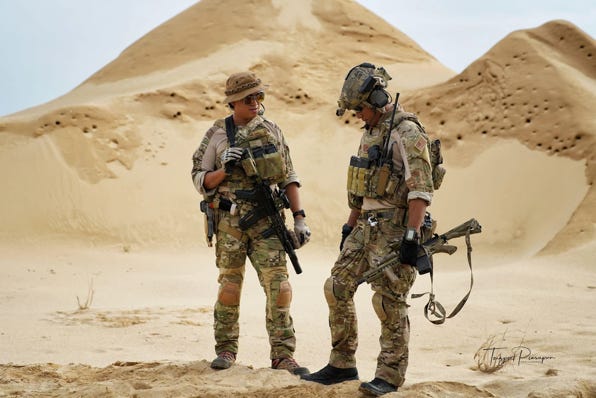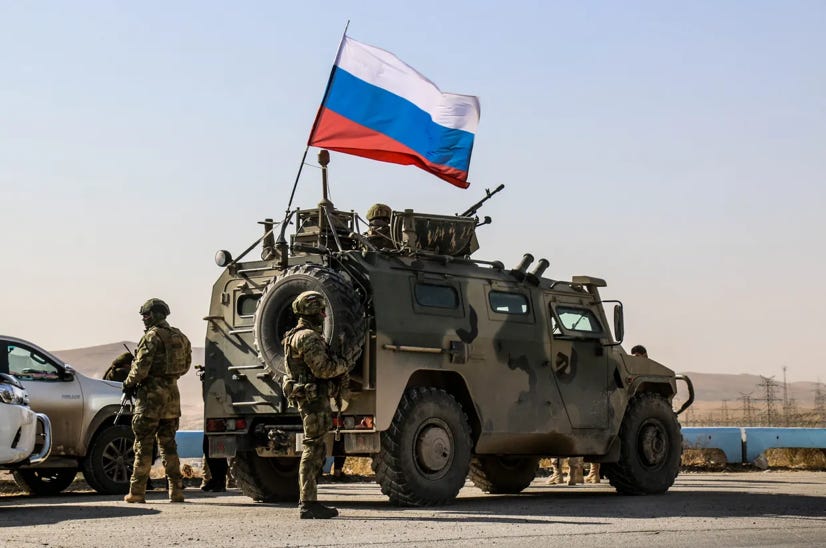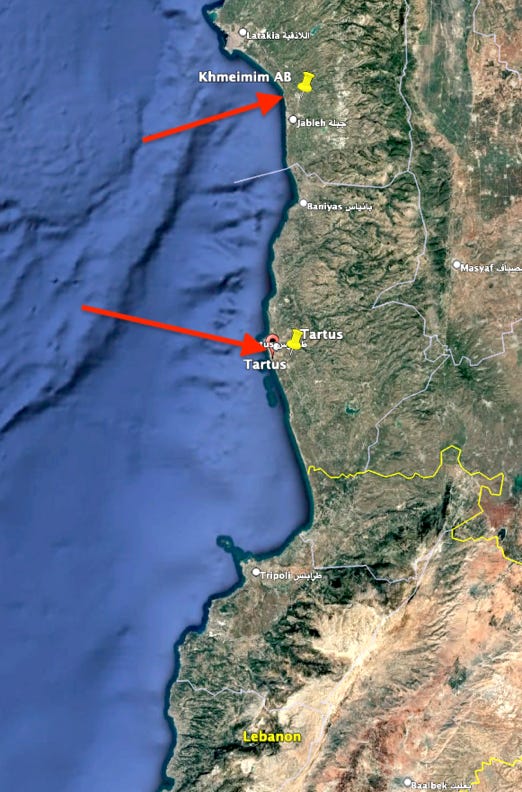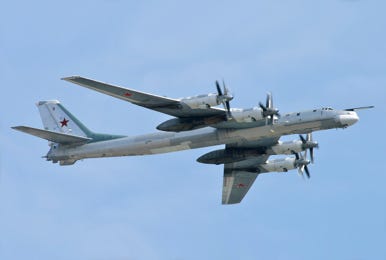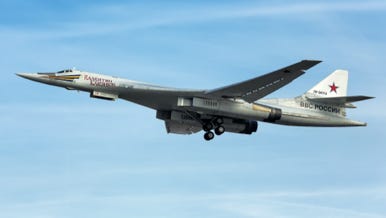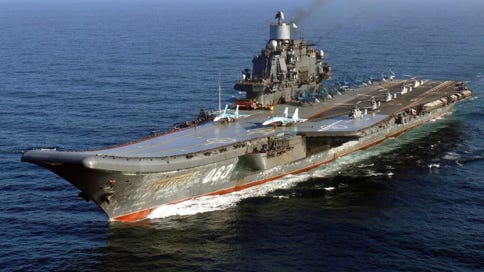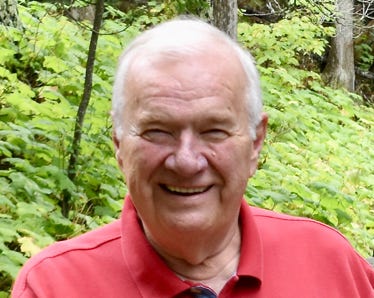DUTY, HONOR, COURAGE, RESILIANCE
Talking Proud: Service & Sacrifice
Syria: A fractured state
Venture into the unfamiliar
Russia enters the fray
In August 2015, about one year after President Obama’s speech on US policy against IS and Assad, Russia began sending military forces to Syria, including attack aircraft, tanks, artillery, and ground combat forces. Russia inked a treaty with the Assad government that allowed Russia to use the Khmeimim airport and the Tartus naval facility in northwest Syria close to the Mediterranean coast. In return, Assad received Russian military support in its civil war.
Khmeimim Airport and Tartus Naval Facility were strategic military bases for the Russians. The Russians deployed significant equipment at the airport and naval base. They stationed Su-24 bombers, Su-34 fighter bombers, Su-30/35 fighters, and Mi-24 helicopters at the airbase supported by transport aircraft in and out. The Russians later deployed more advanced Ka-52, Mi-28, and Mi-35 helicopters. The Russians used Tartus as a logistics base to replenish, fuel, and repair ships operating in the Mediterranean Sea.
In September 2015, Russia began conducting air attacks against the Syrian opposition and, to some extent, IS. Russia also sent special operations forces, military advisors, and private military contractors to Syria, mainly to Khmeimim AB.
The Russians argued that they were striking against terrorism. I suspect Russia was most interested in maintaining a Russian-friendly government in Damascus, retaining its access to the Hmeimim airport, and using the Mediterranean Tartus port to facilitate naval operations.
Russian air power played a significant role in slowing rebel advances against the Assad government. It played a marginal role against the IS.
Anton Lavrov, an Associate Fellow at the Centre for Analysis of Strategies and Technologies, Moscow, reported, "In just the first month, the Russian group of 32 combat aircraft carried out 1,292 combat missions on 1,623 targets.”
In November 2015, the Russians employed Tu-95M and Tu-160 strategic bombers from Russian home bases.
On November 24, a Turkish F-16 fighter shot down a Russian Su-24M that had “briefly violated Turkey’s airspace.”
Russia reduced its fighter aircraft in March 2016. That notwithstanding, Russian air power greatly influenced the Assad government’s offensive to liberate Palmyra in central Syria. In November 2016, the Russian aircraft carrier Admiral Kuznetsov arrived offshore Syria, and its aircraft joined the others to liberate Aleppo in northwest Syria. I’ll note that the Tartus harbor could not handle the aircraft carrier; it had to sit offshore.
Russian air forces did help marginally eliminate ISIS control of the Euphrates River Valley in December 2017. Throughout this period, Russia moved aircraft in and out of Syria.
Secretary of Defense Ashton Carter described the interaction between US and Russian forces,
“What they did isn’t what they said they were going to do. What they said they were going to do is come in and find ISIL and help to use their influence to move (Bashar al-Assad) aside and thereby end the civil war in Syria, which has been one of the causes of the whole fertile ground for ISIL. They didn’t do either of those things.”
The US and Russia coordinated their military operations to avoid conflict. The Obama administration sought to keep dialogue at a low level. However, General Joseph Dunford, USMC, chairman of the Joint Chiefs of Staff, found interacting at a much higher level necessary. His goal was to reduce mistakes and maneuvers that could escalate.
Fabrice Balanche, writing for the Washington Institute for Near East Policy, has said,
“Russia’s apparent goal is to suffocate the AANES (Autonomous Administration of North and East Syria), force its dissolution, and convince the SDF to integrate into the Syrian army’s 5th Corps. For now, the presence of U.S. troops and substantial aid has defeated this strategy.
“Russia is also counting on a new Turkish offensive against the Kurds, which might make the American presence untenable if it occurs in the vicinity of Rmelan.”
That said, tension remained between Russia and the US.
I will mention an attack that occurred in 2018 that involved US special forces against Russian entities. Kevin Maurer reported for The War Horse newsroom,
“(On February 7, 2018) Around 500 pro-Syrian government forces, including Russian mercenaries from the Wagner Group, launched a nearly four-hour attack on a small group of 40 American Special Operations troops and their Syrian Democratic Forces (SDF) allies at a Conoco natural gas refinery.”
I commend the entire article. This was one helluva battle. A Quick Reaction Force (QRF) of Green Berets and Marines responded and helped ward off Russian artillery and ground attacks, including Russian armored vehicles and T-72 tanks. A Predator MQ-1 reconnaissance drone loitered above the action, forwarding video to the troops involved and to Washington. The attacking force retreated and left the area. Nine Russian tanks and six artillery pieces were destroyed. There were no US casualties.
The Russians maintained a presence in areas under Assad’s control, though as time passed, they extended their footprint, as you will learn later.
Click to zoom graphic-photo
